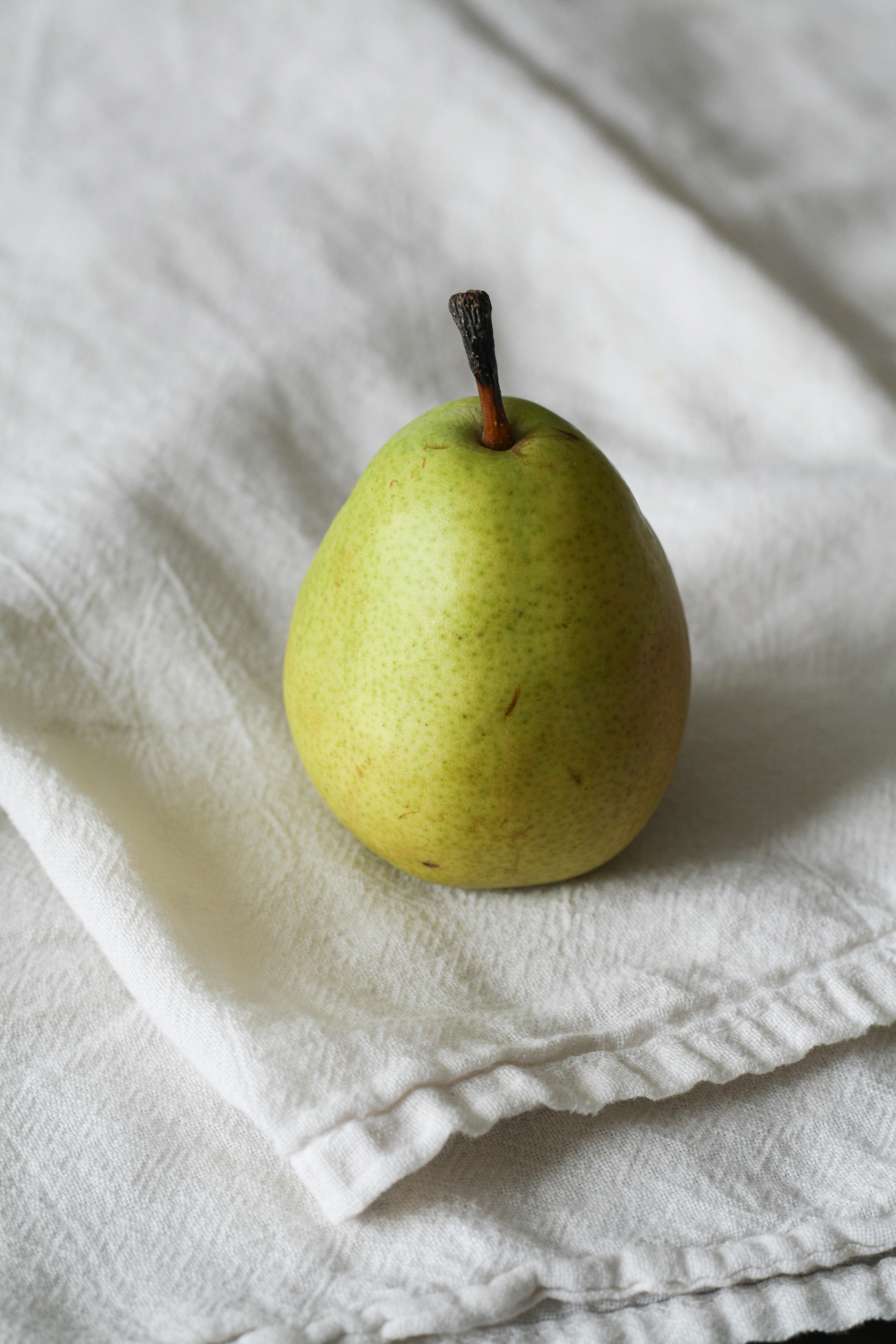Essential Guide to Reindeer Diet: Discover Effective Feeding Strategies for 2025

Essential Guide to Reindeer Diet: Discover Effective Feeding Strategies for 2025
Understanding the reindeer diet is critical for effective management and conservation of this important species. Reindeer (Rangifer tarandus) are unique herbivores adapted to thrive in the Arctic tundra. The feeding strategies they employ not only influence their health but also the integrity of the northern ecosystems they inhabit. By exploring how reindeer graze, what they eat, and the nutritional needs they require, we can develop sustainable feeding strategies that ensure the survival of reindeer populations in a changing climate.
This guide will delve into the various dimensions of the reindeer diet, examining seasonal changes, dietary preferences, and effective management practices. We will also highlight the ecological importance of reindeer to their environment and indigenous communities. The following sections will provide insights into the composition of a reindeer’s diet, their foraging behavior, and the challenges they face in securing their nutritional needs, especially as climate change continues to impact tundra ecosystems.
As we traverse through the depths of reindeer nutrition, key takeaways include the significance of lichens, the varied sources of nutrition, and how dietary adaptations play a role in their survival. Let’s embark on this journey into the essential feeding strategies for reindeer in 2025.
Understanding Reindeer Dietary Needs for Health
Every species has specific nutritional requirements that are essential for maintaining health and reproductive success. For reindeer, understanding these needs is crucial due to their role in the Arctic ecosystem. The main components that constitute a healthy reindeer diet include carbohydrates, proteins, vitamins, and minerals. Each of these components fulfills unique roles in their metabolism and energy requirements, which are vital during different seasons.
The Composition of Reindeer Diets
Reindeer are primarily herbivorous, and their diet varies significantly between seasons. During lush summer months, they consume a diverse range of herbaceous plants that provide essential vitamins and minerals. In contrast, their winter diet is heavily reliant on lichens, which are rich in carbohydrates but low in protein. This shift illustrates how reindeer adapt to the availability of food resources in their habitat.
Seasonal Variations in Reindeer Diet
The foraging habits of reindeer change with the seasons, reflecting the ecological constraints of the tundra biome. In summer, their dietary preferences include new growths of grasses and shrubs. As winter approaches, the reliance on lichens increases significantly. This dietary adaptation is critical, as lichens are one of the few food sources available during the harsh winter months. Understanding these seasonal changes is crucial for reindeer management strategies.
Importance of Lichens in Reindeer Diet
Lichens are particularly crucial for reindeer during winter months. Not only are they a significant source of energy, but they also serve as a critical food source when other vegetation is buried under snow. The nutritional value of lichens, particularly in terms of energy content, cannot be overstated. The reliance on lichens showcases the unique adaptations of reindeer to thrive in extreme cold and their strategies for food survival.
Sources of Protein for Reindeer
While lichens play a vital role in the winter diet, they are deficient in protein, leading to nutritional challenges for reindeer. During summer months, reindeer actively seek out plant species high in protein, such as the young leaves of willow and birch. This foraging behavior greatly affects their overall health and reproductive success, emphasizing the need for balanced dietary access throughout the year.
Reindeer Grazing Patterns and Behavior
Beyond what reindeer eat, understanding how they behave during feeding is equally important. Grazing patterns influence their health and interactions with the ecosystem. This segment will help unpack the ecological behaviors involved in how reindeer forage and the implications these habits have on vegetation and other species in their habitats.
Grazing Habits and Ecology of Reindeer
Reindeer exhibit specific grazing strategies, impacting the density and diversity of tundra vegetation. They are known to form herds, grazing in a manner that encompasses wide areas, which can lead to localized overgrazing if not managed properly. Moreover, their grazing habits contribute to nutrient cycling within the tundra ecosystem, where their feeding behavior can significantly alter plant growth cycles and promote biodiversity.
Impact of Climate Change on Grazing
Climate change presents a multitude of challenges to reindeer foraging. Changes in temperature and precipitation patterns can alter plant availability and quality, thus affecting reindeer health and behavior. As ice and snow cover fluctuate, reindeer may struggle to access their primary food sources, necessitating adaptive management strategies in reindeer management protocols.
Reindeer and Plant Interactions
The relationship between reindeer and plant species is symbiotic but can also be competitive. Their grazing habits dictate the distribution of certain plant types on the tundra. In some cases, increased populations of reindeer can lead to diminished plant diversity, showcasing the importance of sustainable grazing strategies and careful management practices.
Finding Sustainable Feeding Strategies for Reindeer
Developing effective feeding strategies for reindeer is essential, especially given the environmental challenges they face. Sustainable feeding methods not only address the nutritional needs of these animals but also consider the broader implications for their habitats and the interlinked ecosystems they inhabit. In this section, we will explore various strategies that can help ensure the health and vitality of reindeer populations.
Adaptive Feeding Strategies
Adaptation is key in the ever-changing landscapes that reindeer inhabit. By promoting adaptability in feeding strategies, managers can ensure that reindeer maintain healthy dietary habits. This includes developing strategies for habitat management, such as controlled grazing areas to prevent overgrazing and allowing certain regions to recover to maintain biodiversity.
Monitoring Nutritional Value of Forage
Regular assessment of the nutritional quality of forage available for reindeer can help determine optimal grazing areas and times. By analyzing various plant species within their habitat, reindeer managers can identify the most nutritious feed sources and develop feeding strategies accordingly. This adaptable approach can promote better health for reindeer and enhance their grazing efficiency.
Human Impact on Reindeer Diet
Human activities, including land-use changes and climate change, have significant impacts on reindeer feeding patterns. Understanding these influences is essential for creating effective management strategies that can mitigate adverse effects on reindeer diets. Implementing conservation efforts and sustainable land use can support better dietary outcomes for these iconic animals.
Frequently Asked Questions about Reindeer Diet
What do reindeer primarily eat?
Reindeer primarily consume lichens during winter and a variety of herbaceous plants during summer. Their diet is adapted according to seasonal availability.
How do reindeer adapt their feeding strategies?
Reindeer adapt their feeding strategies by switching between different food sources according to the seasons, which helps them fulfill their nutritional needs effectively.
Why are lichens important to reindeer?
Lichens are vital for reindeer during winter as they are one of the few food sources available, providing important calories in severe conditions.

How can climate change affect reindeer diets?
Climate change can impact reindeer diets by altering forage availability, affecting plant growth cycles, and changing snow cover, all of which can hinder access to food.
What role do reindeer play in the Arctic ecosystem?
Reindeer are keystone species in the Arctic ecosystem, influencing the distribution and health of tundra vegetation and providing valuable insights into ecological dynamics.
